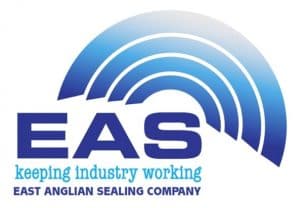Today in the UK, much of our rubber sheeting product is being produced in the Far East – where daytime average temperatures are often much higher than here in the UK.
Therefore – when testing is carried out locally at manufacture, materials can show dramatically different results than when they arrive here in the UK – especially in the depth of Winter!
For instance – we see thick rubber mats, 2mts x 1mt x 25mm – measuring 2000mm x 1000mm on production, but measuring 1976mmx 980mm in a UK warehouse at 4-5°C. Thinner materials can vary even more!
So – this is a basic law of physics – temperature based contraction and expansion. Materials below ambient temperature will also display other incorrect information when testing – such as hardness, elasticity and compression set.
To heat a pallet of sheeting that measures 2mt x 1mt x 1mt (say 20 x 50mm thick sheets – 2840kgs) – takes a long time after its core temperature has gone down to 0°C in a bonded store, or in a container travelling from Malaysia.
We have found the only sure-fast way of inspecting materials stored at low temperatures is to split them up and then bring them up to temperature over a period of time before making physical measurements.
So – something else to take into consideration !



